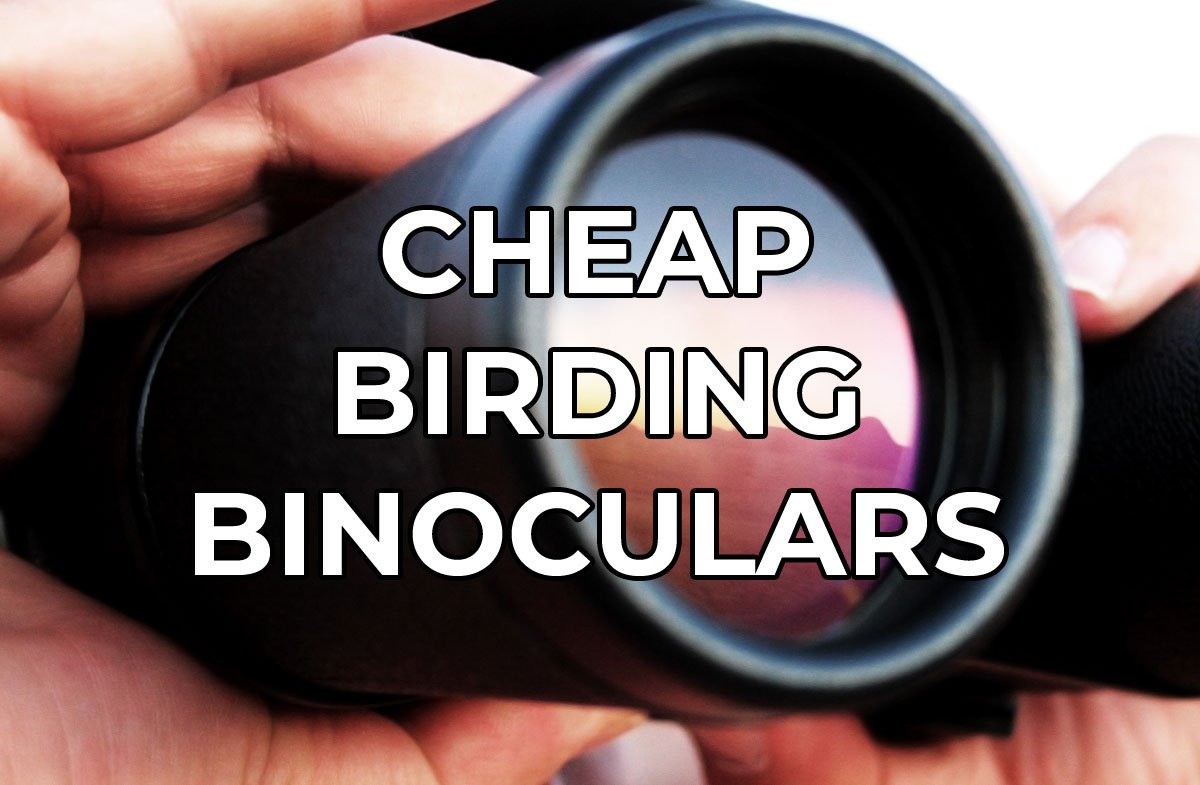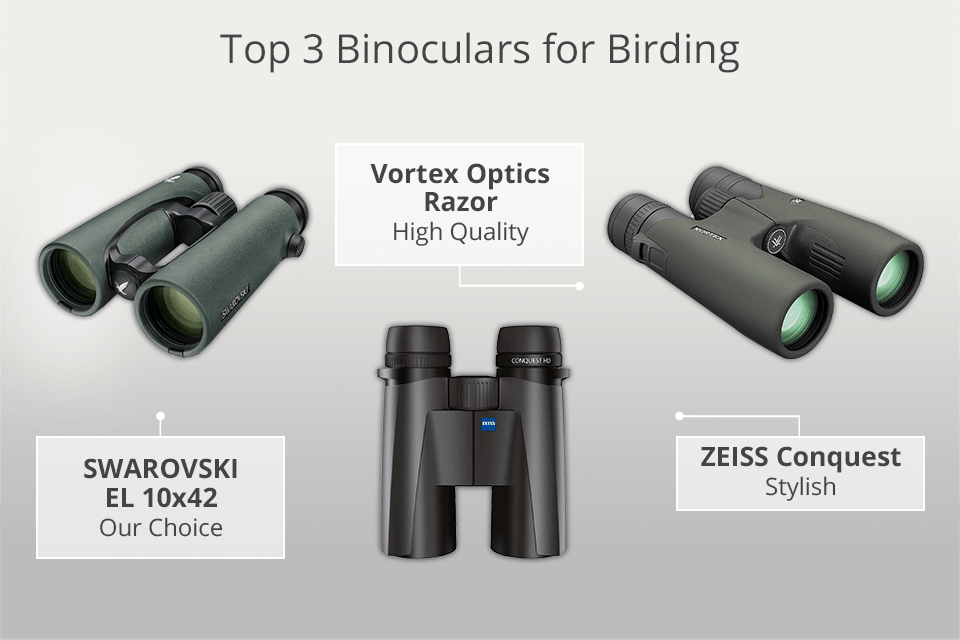Birdwatching is a popular hobby that allows individuals to connect with nature and observe the beauty of birds in their natural habitats. Whether you are a beginner or an experienced birdwatcher, having a high-quality pair of binoculars is essential for a successful birdwatching experience. With so many options available on the market, it can be overwhelming to choose the right binoculars for your needs. In this guide, we will discuss everything you need to know about high-quality binoculars for birdwatching.
1. Understanding Binoculars for Birdwatching
:max_bytes(150000):strip_icc()/vortex-optics-diamondback-hd-binoculars-0421-sq-35b4bdf8fe744cdaa9a59f66f51b7a00.jpg)
What are binoculars?
Binoculars are optical devices that consist of two telescopes mounted side by side, allowing users to view distant objects with both eyes. They are commonly used for activities such as birdwatching, hunting, and stargazing.
How do binoculars work?
Binoculars use a combination of lenses and prisms to magnify and focus light from distant objects, making them appear closer and clearer to the viewer. The objective lens at the front of the binoculars collects light and focuses it onto the eyepiece, which then magnifies the image for the viewer.
What makes binoculars suitable for birdwatching?
Birdwatching requires binoculars with specific features to provide a clear and detailed view of birds in their natural habitats. These features include magnification, field of view, close focus, and image quality.
2. Factors to Consider When Choosing Binoculars for Birdwatching
:max_bytes(150000):strip_icc()/TRIPSAVVY-13-best-binoculars-4061459-primary-2c2f4efe9e3b4e32b406d8c6291c53f3.jpg)
Magnification and Objective Lens Diameter
Magnification refers to how much larger an object appears when viewed through binoculars compared to the naked eye. For birdwatching, a magnification of 8x to 10x is recommended as it provides a good balance between image stability and field of view. The objective lens diameter is also important as it determines the amount of light that enters the binoculars, affecting image brightness and clarity.
Field of View
Field of view refers to the width of the area that can be seen through the binoculars at a specific distance. A wider field of view allows for easier tracking of birds in flight and provides a more immersive viewing experience. However, a wider field of view often comes at the cost of reduced magnification.
Close Focus
Close focus refers to the minimum distance at which objects can be viewed clearly through the binoculars. For birdwatching, a close focus of 6-8 feet is recommended as it allows for detailed observation of birds at close range.
3. Types of Binoculars for Birdwatching

Roof Prism vs Porro Prism
Roof prism and porro prism are the two main types of binoculars available on the market. Roof prism binoculars have a straight barrel design, making them more compact and lightweight. They also tend to have a narrower field of view but offer better image quality. Porro prism binoculars have an angled barrel design, providing a wider field of view and better depth perception. They are also more affordable compared to roof prism binoculars.
Compact vs Full-size
Compact binoculars are smaller and lighter, making them ideal for birdwatchers who want to travel light. However, they often sacrifice image quality and field of view for their compact size. Full-size binoculars, on the other hand, offer better image quality and a wider field of view but are bulkier and heavier.
4. Features to Look for in High-Quality Binoculars for Birdwatching

Lens Coating
Lens coating refers to the layers of anti-reflective material applied to the lenses of binoculars. This coating helps to reduce glare and improve image clarity, making it an essential feature for birdwatching. Look for binoculars with fully multi-coated lenses for the best image quality.
Waterproof and Fog-proof
Birdwatching often involves being outdoors in various weather conditions. Therefore, it is important to choose binoculars that are waterproof and fog-proof to ensure they can withstand moisture and humidity without affecting image quality.
Eye Relief
Eye relief refers to the distance between the eyepiece and your eye when the entire field of view is visible. This is especially important for those who wear glasses as it allows for comfortable viewing without having to remove your glasses.
5. Top High-Quality Binoculars for Birdwatching

| Brand | Model | Magnification | Objective Lens Diameter | Field of View | Close Focus | Price |
|---|---|---|---|---|---|---|
| Vortex Optics | Viper HD | 8x | 42mm | 409 feet/1000 yards | 6.5 feet | $649 |
| Nikon | Monarch 5 | 10x | 42mm | 288 feet/1000 yards | 7.8 feet | $299 |
| Zeiss | Terra ED | 8x | 42mm | 375 feet/1000 yards | 5.25 feet | $449 |
| Leica | Ultravid HD-Plus | 8x | 42mm | 389 feet/1000 yards | 9.8 feet | $2,199 |
| Swarovski | EL O-Range | 10x | 42mm | 330 feet/1000 yards | 16.4 feet | $3,299 |
FAQs about High-Quality Binoculars for Birdwatching
What is the ideal magnification for birdwatching?
A magnification of 8x to 10x is recommended for birdwatching as it provides a good balance between image stability and field of view.
Can I use binoculars with higher magnification for birdwatching?
While higher magnification may seem appealing, it can make it difficult to keep the image stable and can result in a narrower field of view. Stick to 8x to 10x magnification for the best birdwatching experience.
Do I need waterproof and fog-proof binoculars for birdwatching?
Yes, it is important to choose binoculars that are waterproof and fog-proof to ensure they can withstand various weather conditions without affecting image quality.
What is the difference between roof prism and porro prism binoculars?
Roof prism binoculars have a straight barrel design, making them more compact and lightweight. Porro prism binoculars have an angled barrel design, providing a wider field of view and better depth perception.
Are full-size binoculars better than compact binoculars for birdwatching?
It depends on personal preference. Full-size binoculars offer better image quality and a wider field of view, while compact binoculars are smaller and lighter, making them ideal for traveling.
Conclusion
Choosing the right binoculars for birdwatching can greatly enhance your birdwatching experience. Consider factors such as magnification, field of view, and close focus when selecting binoculars. Look for features such as lens coating, waterproof and fog-proof capabilities, and eye relief for the best image quality. With this guide, you are now equipped with the knowledge to choose high-quality binoculars for your next birdwatching adventure. Happy birdwatching!





